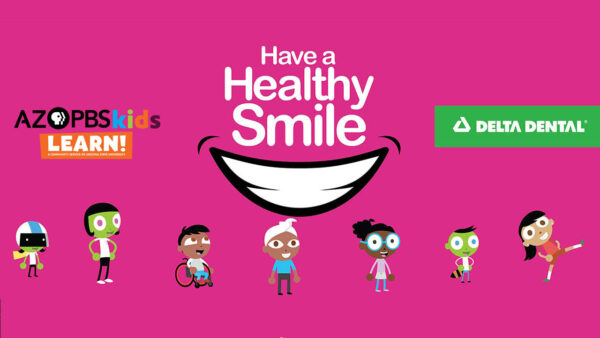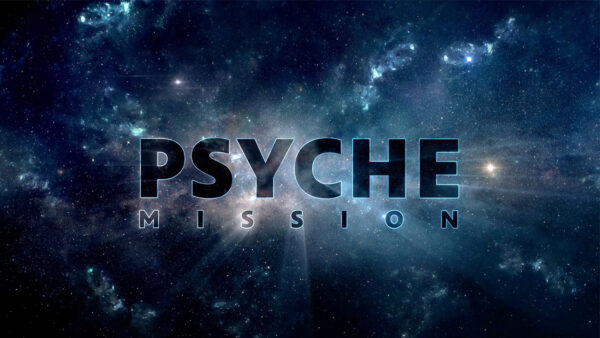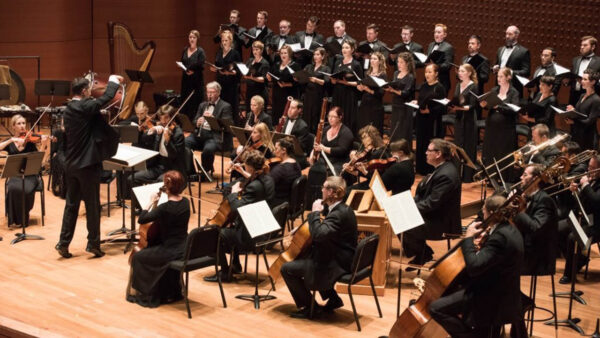NOVA scienceNOW “How Does the Brain Work?”
Feb. 2, 2011
NOVA scienceNOW delves into some pretty heady stuff to examine magic and the brain, artificial intelligence, mind control, and the nature of reality in an astonishing episode on how the brain works. First, can we really believe our own eyes? Viewers will learn whether the secrets behind the world's greatest magic tricks are actually wired into the human brain when eccentric magicians Penn and Teller and Las Vegas trickster Apollo Robbins team up with neuroscientists to reveal how our brains process visual information. Then, a riveting piece reveals the difficulties of replicating the human brain in machines like IBM's “Watson,” attempting to mimic the human thought process with software is actually providing new insight into the brain itself. Also, satirist and comedian Mo Rocca takes a turn as a NOVA scienceNOW correspondent in an intriguing sequence on the thrilling, terrifying prospect of controlling another's thoughts and actions using invisible forces of mind control. Rocca offers himself as test subject as scientists “hack” into his brain, using magnetism to make him move his limbs.
The same new invention can also dampen pain, ease depression, and even change the way we make moral judgments. Then, experience neuroscientist David Eagleman's unique brand of “guerilla science,” when he drops people 150 feet into a net to show viewers how the brain constructs reality using the information it takes in through the senses. “How Does the Brain Work?” airs Wednesday, Feb. 2, 2011 at 8 p.m. on Eight, Arizona PBS.
Media Contact: Colleen O’Donnell Pierce
[email protected]
(602) 496-0579
(602) 478-3867 (cell)
Visit azpbs.org/pressroom
About Arizona PBS
Arizona PBS is a trusted community resource. For over 52 years, the PBS station has focused on educating children, reporting in-depth on public affairs, fostering lifelong learning and celebrating arts and culture. Arizona PBS achieves its mission through the power of non-commercial television, the Internet, educational outreach and community-based initiatives. Its signal reaches 80 percent of the homes in Arizona. With more than 1 million viewers weekly, Arizona PBS consistently ranks among the most-viewed public television stations per capita in the country. For more information, visit azpbs.org or follow us on Facebook, Twitter, Google+, Instagram, Pinterest or Tumblr.
Arizona PBS is a member-supported community service of Arizona State University and the Walter Cronkite School of Journalism and Mass Communication.
)



















